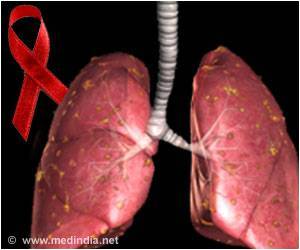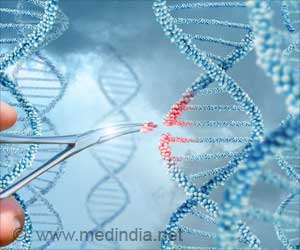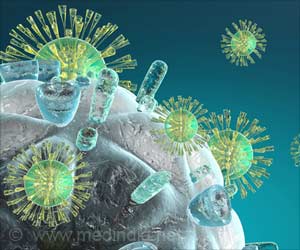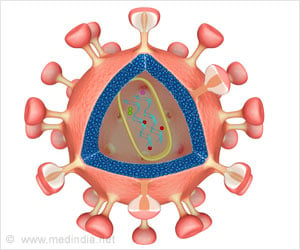A study by researchers at the University of California, San Diego (UCSD) has brought unravelling the evolution of HIV-1 closer, by revealing that an essential component of the HIV-1 molecular machinery, which is responsible for infecting cells, consists of functionally-specialized layers.
Published in PLoS Computational Biology, a report on the study suggests that the unprecedented genetic diversity and adaptability of HIV-1 has so far foiled the best efforts to eradicate the global HIV/AIDS epidemic.The surface of the HIV-1 particle is studded with protein spikes that allow the virus to enter human cells.
During the study, the researchers examined an important component of the protein spike called the third variable loop (V3).
According to them, protein components like V3 are problematic because they are very diverse. They say that up to 35 per cent of the amino acids can differ between strains of HIV-1.
Upon being exposed to human antibodies, say the researchers, V3 rapidly evolves to avoid the immune system.
They, however, say that the V3 loop’s critical function as a docking mechanism for HIV-1 to infect cells should impose limits on these evolutionary contortions.
Advertisement
The researchers developed a new method by combining techniques from molecular evolution and artificial intelligence. They reconstructed the evolutionary history underlying 1,145 genetic sequences encoding the V3 loop to discover groups of amino acids that were biologically dependent on each other.
Advertisement
Although the study was restricted to a small portion of the genome, the researchers say that it represents a significant advancement in the understanding of HIV-1 evolution and identifies important targets in the protein spike for future research.
Source-ANI
SRM/P





